For ULAY. LIFE-SIZED Natascha Pflaumbaum made a film about the artist. Her question was: Are performance artists actually full-time performers by virtue of their profession?
I am supposed to call him. I arrived in Ljubljana this morning; now it’s half past three and I’m going to call. I’m a little nervous, because I think it might be an awkward time. We arrange to meet at 4.00 p.m. at “Cacao”, an ice-cream parlor by the river that has so many varieties of ice cream that I think I might eat nothing but ice cream this weekend.
Then at four I choose to drink an espresso instead. Ulay immediately greets me informally and I think: So what should I call him? Ulay? Or Uwe? Do you talk to artists using their professional names? I had the same problem with “rosalie”. It’s even worse with “normal” names: They merge into one to form “sentaberger” or “placidodomingo”, although whilst “Hello, Ms. Berger” sounds OK, I couldn’t bring myself to say “Good morning, Mr. Domingo!”.
Everyday life as a show
So I simply avoid addressing Ulay and say “great to meet you”. And it sounds about right. I was particularly keen to meet Ulay because six years ago I met his ex-partner Marina Abramovic at a photoshoot in New York involving snakes and a straitjacket, and that was quite a show. So do performance artists generally put on a show in their everyday lives? Like Yoko Ono in her time, when she had a big exhibition at the SCHIRN. Back then, her assistant came to the interview with six hats, these typical bowler hats she always put on at an angle, and I thought to myself: Why six? She can only wear one at a time, after all.
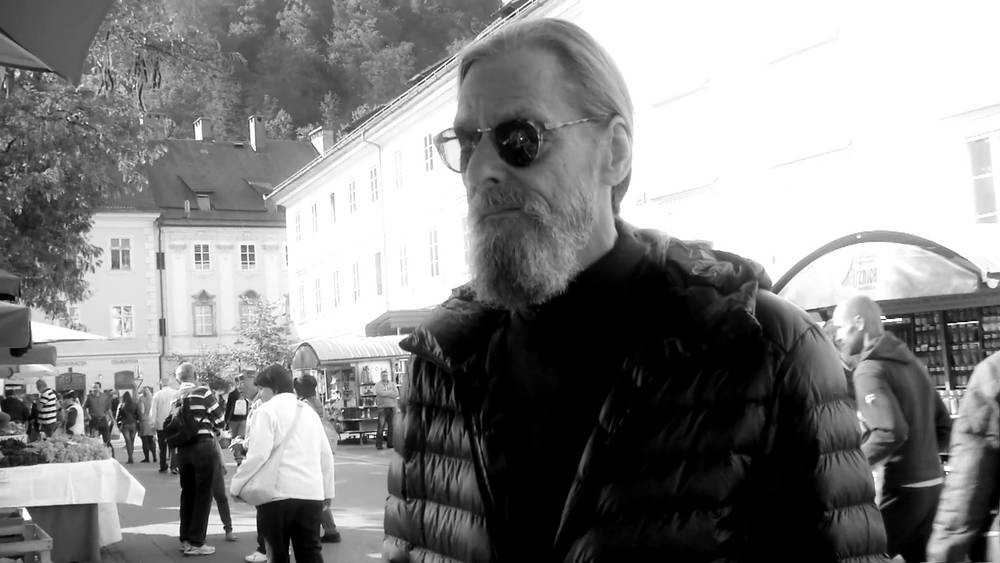
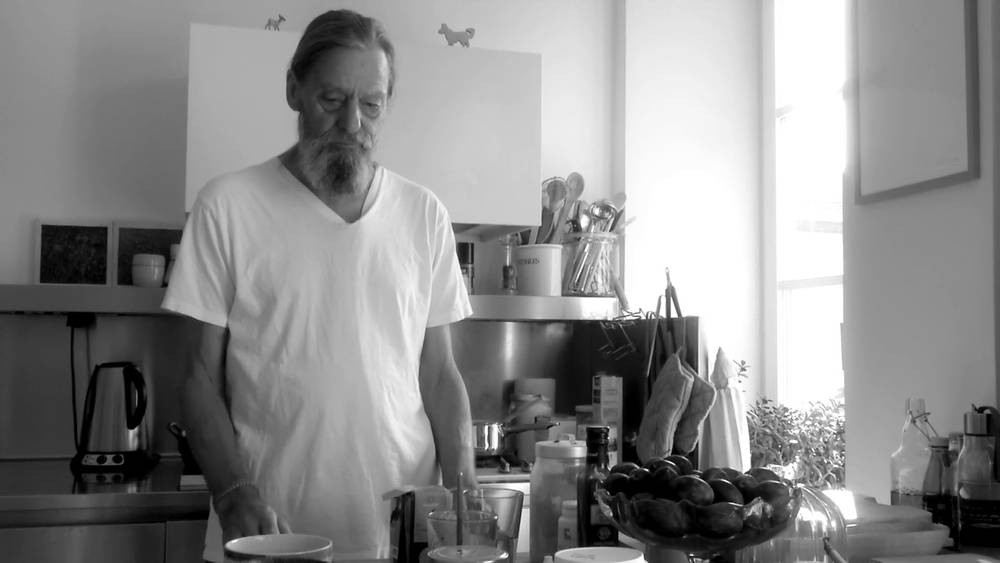
Ulay is thoroughly normal: cool slacks, desert boots, down sweater, long hair and vintage tortoiseshell sunglasses. We make a plan, a production schedule for the short film, which aims to depict a normal day. The fact that we are planning the day shows that it won’t be all that normal of course. I am to go to his place at half past eight the following morning, then he will make himself breakfast, which is likely to take quite some time, then we’ll take a look around the market, he’ll have his beard trimmed again and around midday we’ll drive to a village. Lunch. That seems enough of a plan for me already – everything else will happen naturally, I think.
He actually means it
Then the whole breakfast number baffles me. First a glass of water with white powder, then a homemade fruit smoothie with banana, apple, plums and turmeric, followed by a munch on pollen and then a dose of some kind of gruel with cardamom, ginger, cinnamon and raisins. Is he serious? The man who has abused, injured, cut, sewn and beaten himself, in order to experience who exactly he is, goes to all this trouble to eat organic health food!
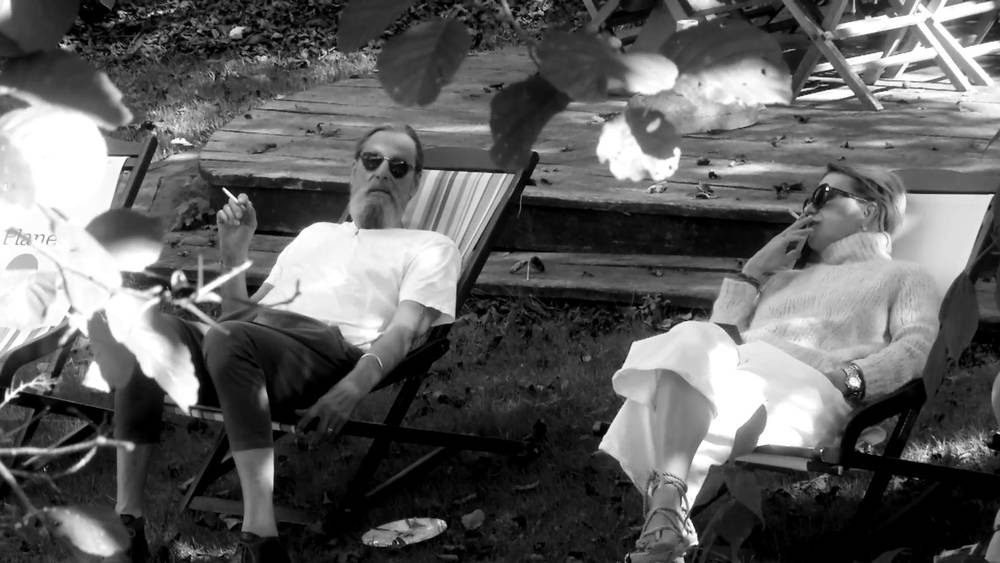
And he actually means it. He takes the whole thing seriously on these two days without playing, presenting or performing what he wants to be. He is entirely himself, and I film him. And if anything looks like a show we actually say so, as with the barber Stevo, to whom we explain that he shouldn’t actually trim the beard, but should just appear to be doing so. When you’re in front of a camera it’s always a big “as if”, but with all the staging, there is nevertheless the possibility that day-to-day life will suddenly intervene, the “normal” will sneak in. Stevo the barber gives Ulay some chocolate as he leaves, just as he always does, which Ulay pops into his mouth surprisingly quickly with the words “Sweet Stevo”. That’s just how Ulay is.
Real time and “peasant theatre”
Filming people just being themselves can quickly become rather embarrassing, particularly when they are people who are used to putting themselves on show. In the television industry we call it “Bauerntheater” (a German word that translates to “peasant theatre”) when the protagonist does something extra for the camera whilst at home, acting so that at the end of the day the editor can put the show together all the better. So there’s no real-time filming.
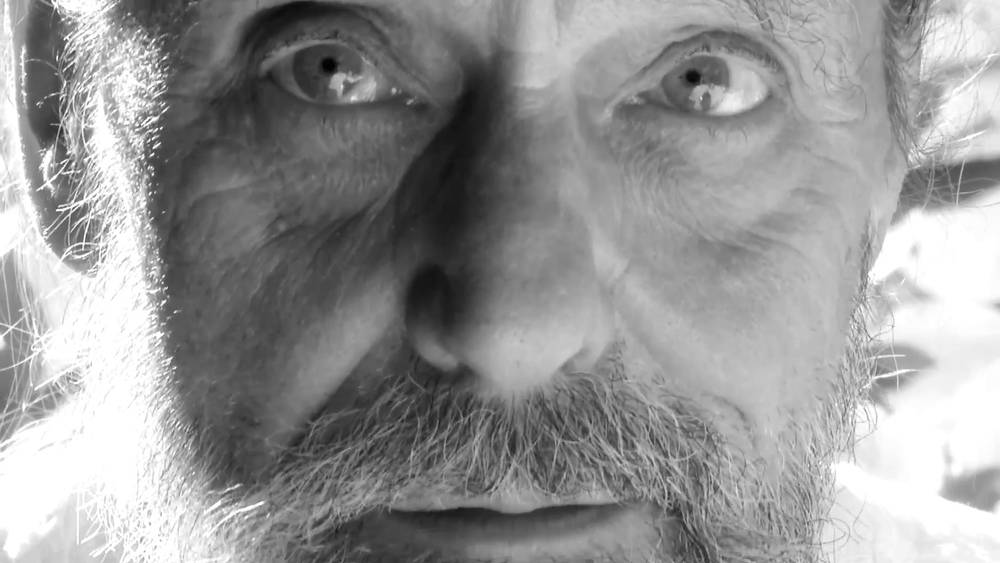
FILM: ONE DAY WITH ULAY
With Ulay I spend “real time”. On the first day I film for seven hours on the go. Then there is a second day, which is a bit shorter. Are we seeing the “real” Ulay? I’m not sure even he knows. But that’s not really what it’s about. We’re simply curious to know what he’s like, and all I can say is: This is what he’s like, sometimes at least. Sometimes, that’s Ulay.
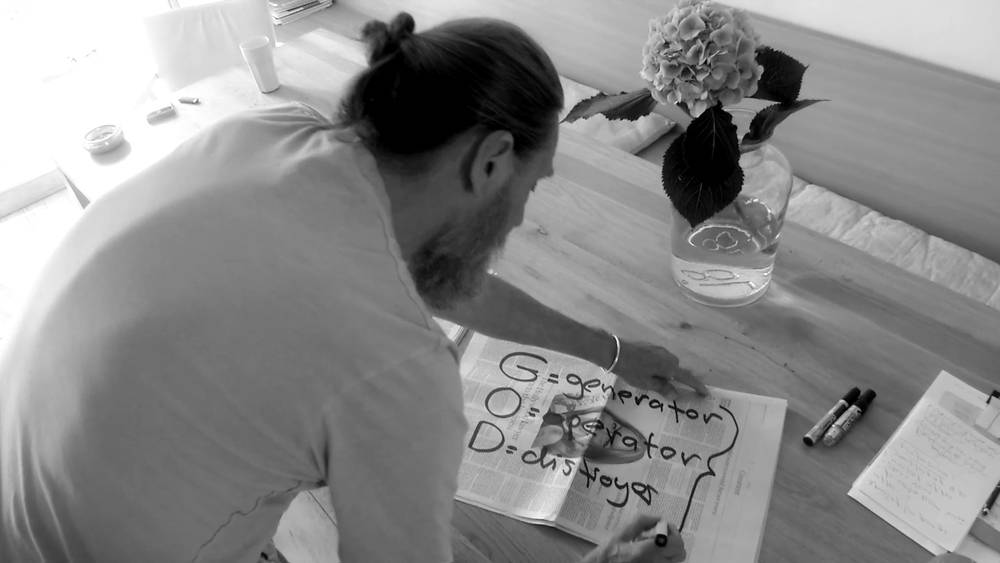
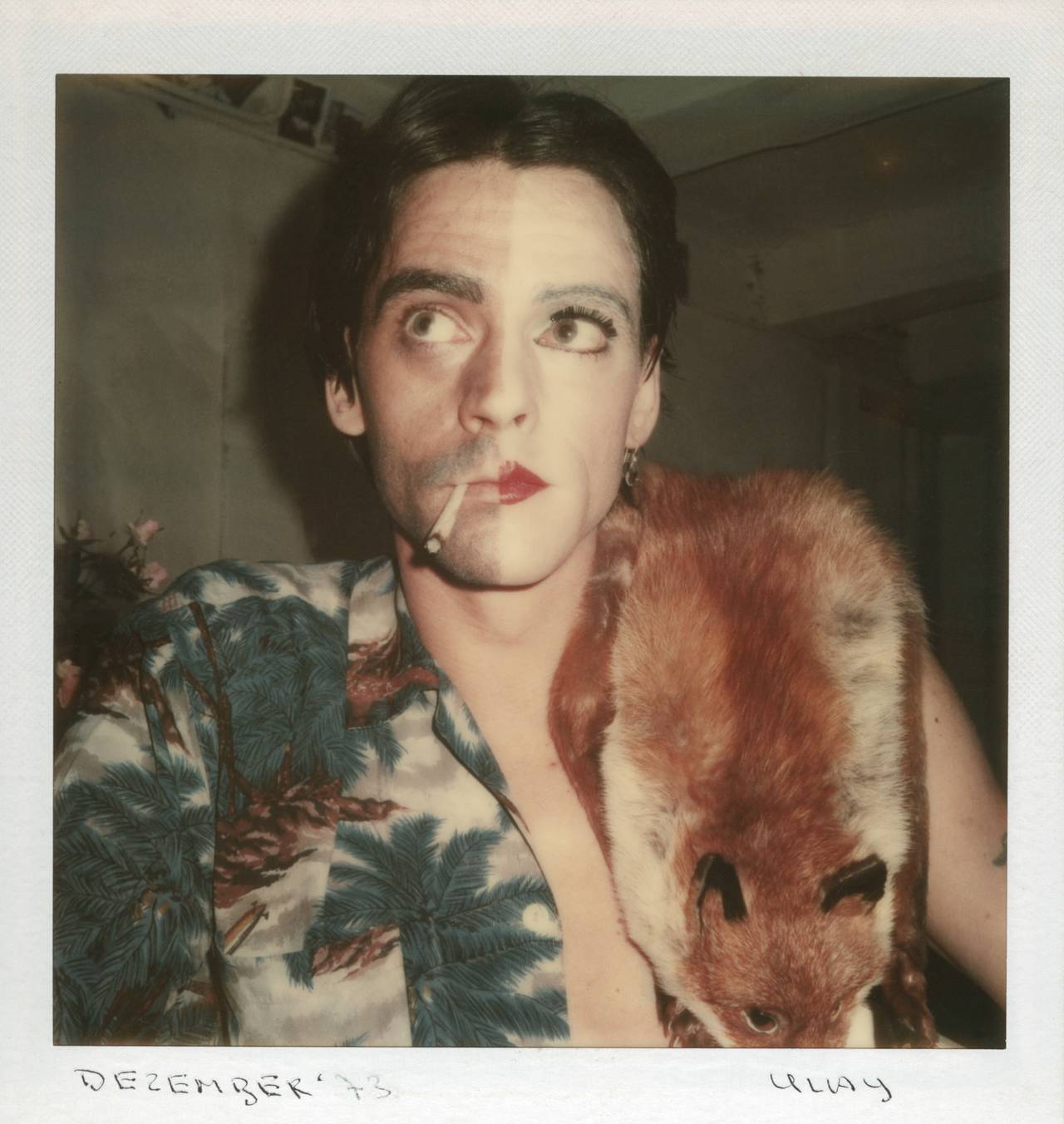
Ulay is Here
At least, that was the plan. Ulay called himself a hidden artist. This has now become all too true: After his death in March 2020, his posthumous...
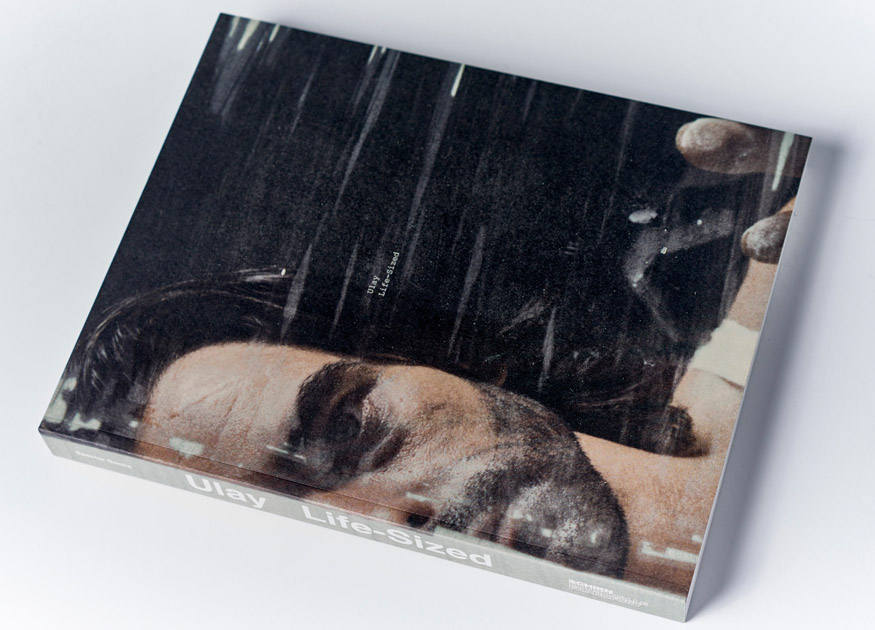
Aesthetics without ethics are cosmetics
An interview with graphic designer Christoph Steinegger, who has created what is in many ways an extraordinary catalogue for the ULAY. LIFE-SIZED...
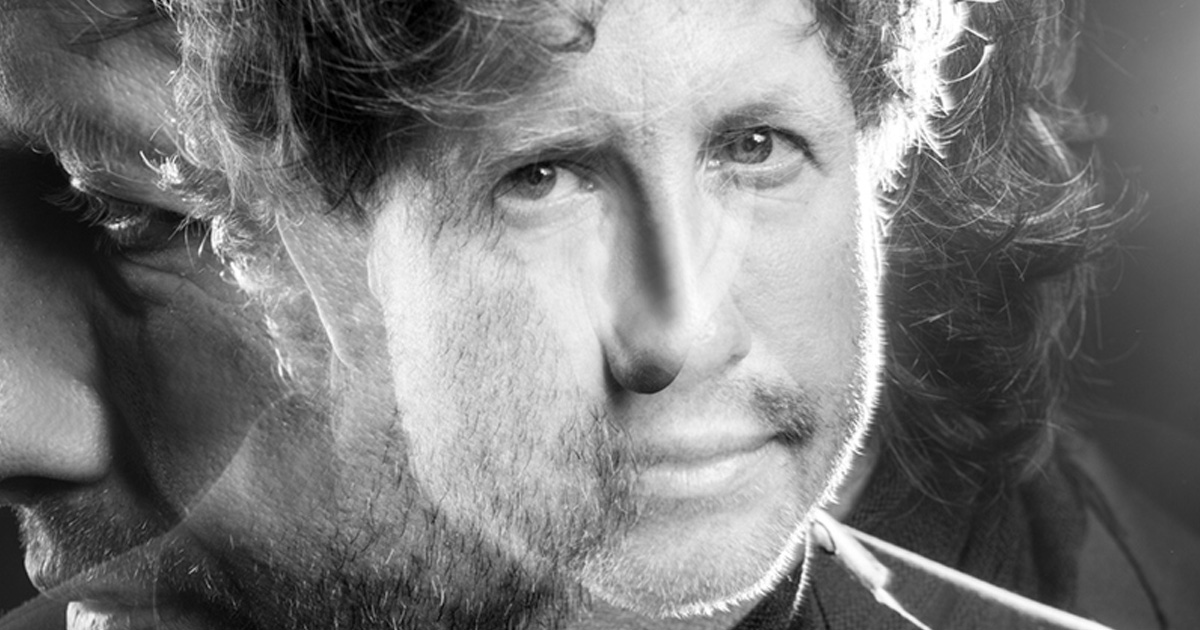
Who are you, Ulay?
During a performance Ulay had himself put in a hypnotic trance. In an interview with SCHIRN MAG hypnotherapist Nikolai Hanf-Dressler relates what...
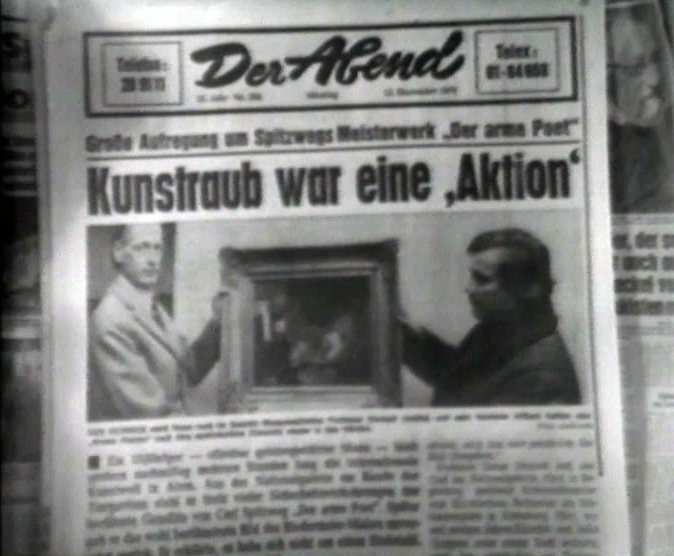
Art theft as artwork
Ulay’s theft of one of the best-known German paintings from the Neue Nationalgalerie in Berlin lies somewhere between criticism of institutionalism...